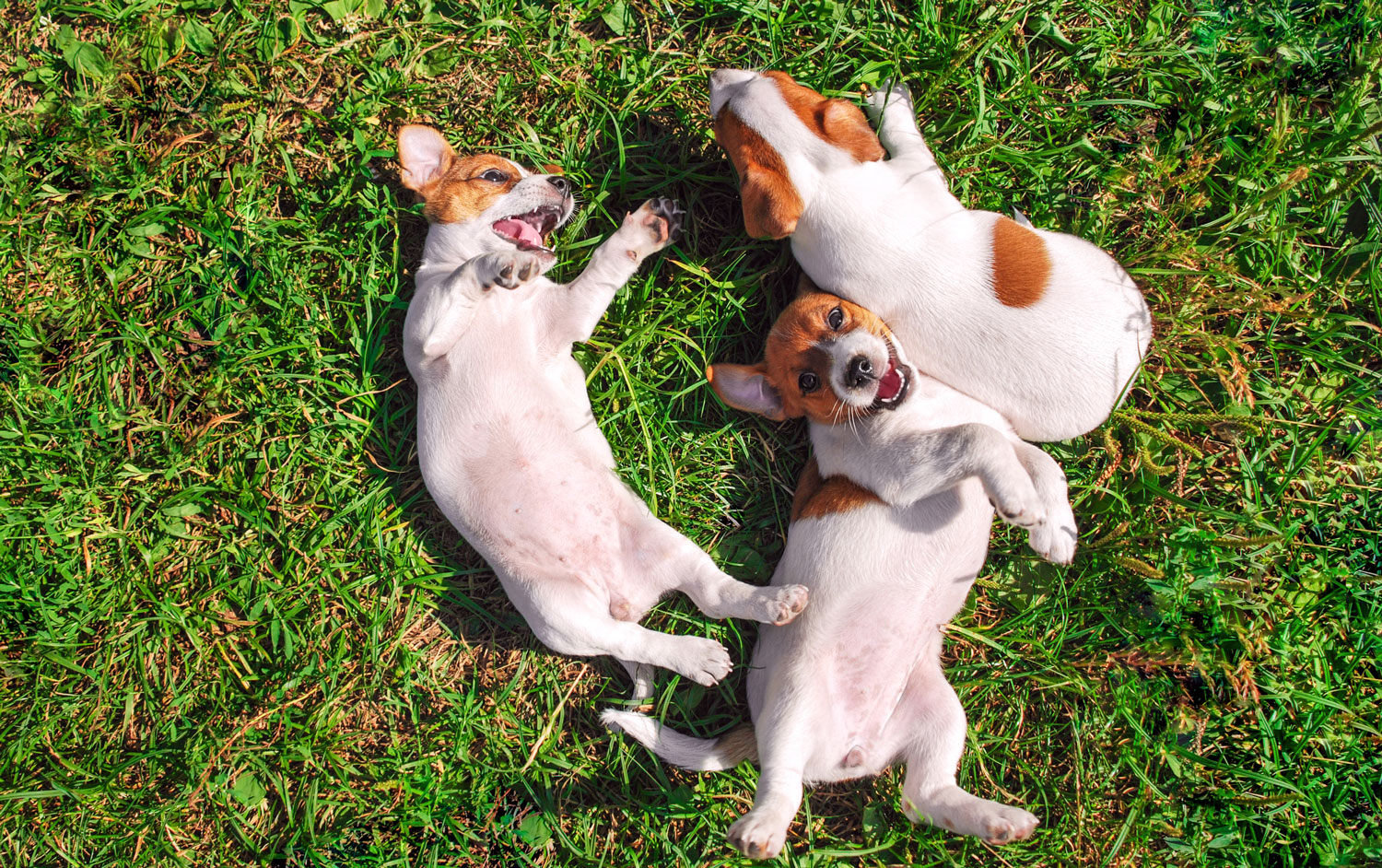Nature curiosity: Do animals get sunburned?

Many people wouldn't dream of spending an extended amount of time outdoors on a sunny day without slathering on some sunscreen, but what about animals in the wild? Does their skin burn like ours?
Animals can get sunburn, but most animals have protections to help prevent it. Just like we wear clothes, hats and sunscreen to protect against sunburn and skin damage, many animals have fur, wool, hair, scales and feathers to protect them from the sun, according to the Cornell Center for Materials Research.
In fact, these animal defenses against sunburn are pretty much foolproof until humans get involved, Live Science reports. For example, domesticated pigs are bred to have less hair, making their skin more susceptible to damage from the sun than their more hairy wild pig counterparts. Another example would be sheep, which can get sunburned just after they have been shorn and their skin is exposed.
And some of our pets are at risk too. Dogs can get sunburn, particularly our white canine friends, because they tend to have fair skin under their light-colored fur, according to VetWest Animal Hospitals. Short-haired dogs, dogs with a thin coat and, of course, hairless dogs are also more likely to get sunburned. And even in dogs with a thick coat, their bellies and ears tend not to have as much fur and burn more easily.
READ MORE STORIES IN NATURE CURIOSITY SERIES
You can help your dog prevent getting a sunburn by avoiding walks in the afternoon and providing a spot for shade if you're outside during the hottest part of they day, VetWest reports. You can also use dog-friendly sunscreens, but check with your veterinarian for a safe product and safe instructions for use.
Of course, some animals don't have any fur, feathers or scales to provide protections from the sun. Take pachyderms, for example. Elephants and rhinoceroses have thick hides, but they also regularly cover themselves in mud or dust to help protect their skin, Live Science reports. And many animals avoid the sun altogether, preferring instead to retreat to spots out of the sun during the heat of the day.
Animals that live in places where sun is prevalent also have specific adaptations to protect them from sun damage. That's likely why the first several inches of a giraffe's tongue are black before fading to pink, according to the Smithsonian. And hippopotamuses — another pachyderm with no fur — secrete a fluid consisting of orange and red pigments that provides protection from ultraviolet rays.
It's the ultraviolet rays from sunlight that cause sunburn in both humans and wildlife. In particular, sunburn is caused by exposure to ultraviolet B, or UVB rays, while too much exposure to ultraviolet A, or UVA rays, is associated with skin aging, Mayo Clinic reports.
Don't let cloudy skies fool you. As much as 80 percent of ultraviolet rays can pass through the cloud cover, making a sunburn possible even on a cloudy day. And too much sun exposure that causes sunburns increases your chance of developing skin cancer and other skin conditions, according to Mayo Clinic.
